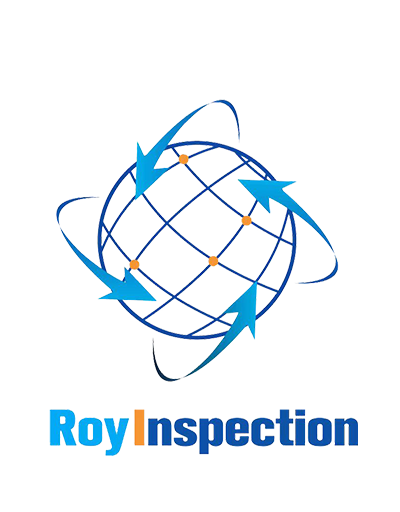IntroductionElectric forklifts are widely used in warehouses and manufacturing facilities to lift and move heavy loads. However, like any piece of equipment, regular maintenance and inspections are crucial to ensure safety and proper functioning. In this article, we will provide a comprehensive guide on electric forklift inspection checklist.Visual InspectionThe first step in the inspection process is a visual inspection. Check the forklift for any visible damages, leaks, wear and tear or loose components. Ensure that all guards and covers are in place, and the forklift is clean and free from debris.Battery and Charger InspectionCheck the battery and charger to ensure they are in good working condition. Make sure the battery is properly charged, and there are no leaks or cracks. Also, inspect the cables and connectors for any damage or corrosion.Tire InspectionInspect the tires for any cuts, punctures, or excessive wear. Check the tire pressure, and ensure it is at the recommended level. Improperly inflated tires can cause instability and increase the risk of accidents.Brake InspectionThe brake system should be inspected thoroughly to ensure it is in good working condition. Test the brakes by applying them and making sure the forklift comes to a complete stop. Check the brake fluid level and inspect the brake lines for any leaks or damage.Steering InspectionSteering is critical to maintain control of the forklift. Inspect the steering mechanism, including the steering wheel, column, and hydraulic system. Test the steering by turning the wheel and making sure the forklift responds correctly.Lifting Mechanism InspectionThe lifting mechanism should be checked, including the forks, chains, and hydraulics. Check for any damages, cracks, or leaks. Test the lifting mechanism by lifting a load and making sure it remains stable and doesn't wobble.Lights and Horn InspectionAll lights and the horn should be inspected to ensure they are in good working condition. Test the lights by turning them on and off, and ensure they are properly aimed. Test the horn by sounding it to ensure it works correctly.Operator's Compartment InspectionThe operator's compartment should be clean and free of debris. Inspect the seatbelt, pedals, and controls to ensure they are in good working condition. Check the gauges and indicators to ensure they are functioning correctly.Load Backrest InspectionThe load backrest is critical for preventing loads from falling backward and causing accidents. Inspect the load backrest for any damages, cracks, or instability. Test the load backrest by applying pressure and making sure it is stable and doesn't move.Final InspectionAfter completing all the inspections, do a final check to ensure everything is in good working condition. Test the forklift by operating it for a few minutes and making sure everything works correctly. If any issues are found, address them immediately.electric forklift inspection checklist, forklift maintenance, forklift safety check, forklift inspection, electric forklift safetyElectric Forklift Inspection Checklist: A Comprehensive GuideThis article provides a comprehensive guide on electric forklift inspection checklist. Learn about the crucial steps of electric forklift maintenance to ensure safety and proper functioning. electric forklift safety check, electric forklift maintenance checklist, electric forklift safety inspection, forklift inspection checklist template, forklift safety inspection checklistQuote InquiryContact us!










